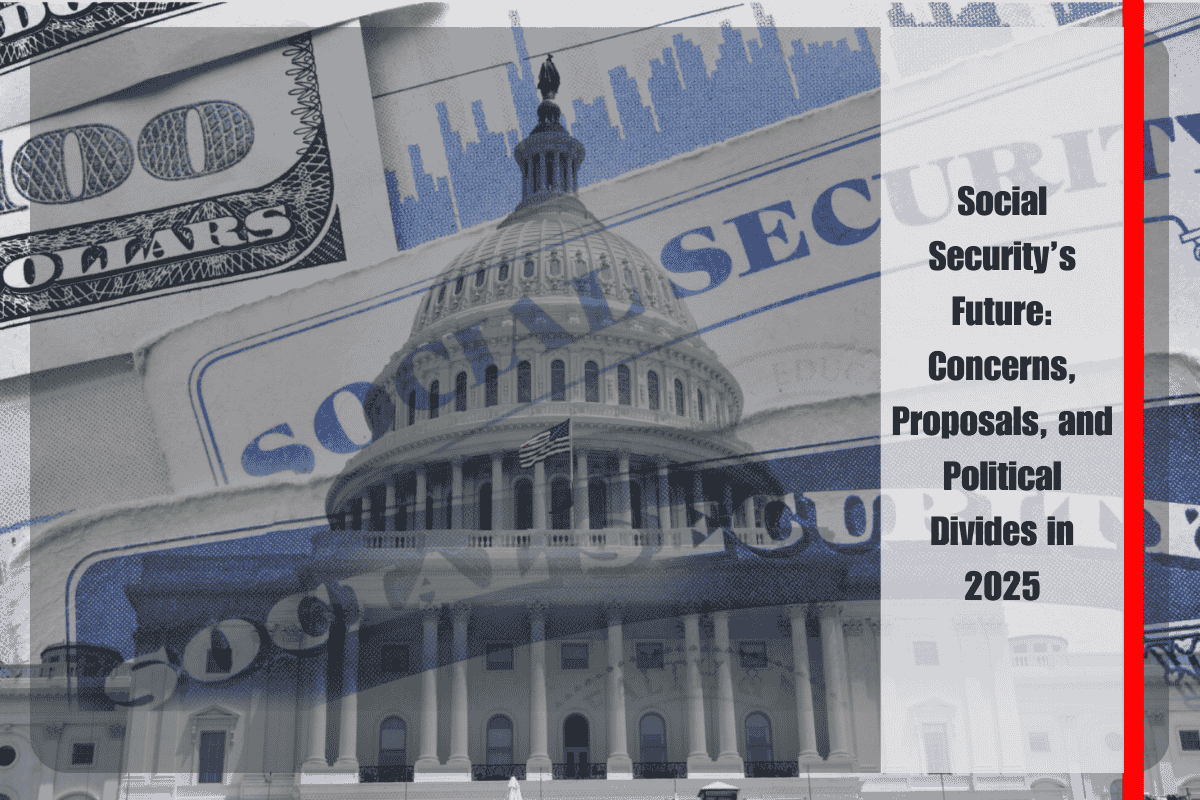According to a new analysis from the Committee for a Responsible Federal Budget (CRFB), married retirees in the United States could see their Social Security benefits reduced by nearly a fourth in just over seven years. The analysis, based on projections from the Social Security Trustees’ annual report and recent legislative changes, reveals that the program’s trust funds are on track to be depleted by late 2032, which would trigger automatic benefit reductions for millions of beneficiaries.
Projected Benefit Reductions for Married Couples
The CRFB’s July 24 analysis estimates that a dual-earning couple retiring at the beginning of 2033 could face an annual reduction of $18,100 in Social Security benefits. This cut, which amounts to about 24% of the scheduled benefits, would take effect as soon as the trust fund reserves run out and payments become limited to incoming revenues. The analysis also highlights that the financial impact would vary based on household circumstances.
For example, a typical single-earner couple would experience a $13,600 reduction in benefits. Low-income dual-earner couples could see a cut of $11,000 per year, while high-income couples might face reductions of nearly $24,000 annually. While the dollar amount is smaller for lower-income couples, the impact would be more severe because the reduction represents a larger share of their income and past earnings.
The CRFB also noted that the projected benefit reductions, in nominal dollars, would be about 15% smaller when adjusted for inflation to 2025 dollars.
Impact of Recent Legislative Changes
The analysis also touched on the effect of the recently enacted One Big Beautiful Bill Act (OBBBA), which reduces Social Security revenue by cutting tax rates and increasing the senior standard deduction. According to the CRFB, these changes would reduce the amount of revenue generated from the taxation of benefits, thus increasing the required cut by about a percentage point when the trust fund becomes insolvent. Should these measures be made permanent, the benefit reductions could be even larger.
Trust Fund Insolvency and Projected Benefit Cuts
The Social Security Trustees’ June report projected that the Old-Age and Survivors Insurance (OASI) trust fund would go insolvent by 2033, triggering a 23% automatic benefit cut under current law. The report also highlighted that Social Security faces a $3.6 trillion cash deficit over the next decade, along with a 75-year actuarial deficit of 3.82% of taxable payroll, the largest shortfall the program has faced in nearly 50 years.
The CRFB warns that, without action to address the gap between Social Security’s costs and revenues, the required benefit reductions could exceed 30% by the end of the century. As the gap widens, retirees could face increasingly severe cuts to their benefits, jeopardizing their financial security in retirement.
The Need for Action
The CRFB stressed the importance of policymakers acknowledging the financial realities facing Social Security and taking steps to address the program’s long-term solvency. The group called for solutions that would both preserve the program for future generations and ensure current retirees receive the benefits they rely on.
“It is time for policymakers to tell the truth about the program’s finances and to pursue trust fund solutions to head off insolvency and improve the program for current and future generations,” the CRFB concluded.
The CRFB’s analysis paints a worrying picture for married retirees, with potential benefit cuts of up to 24% by 2033, particularly for dual-earning couples. These cuts would significantly impact seniors’ financial security, especially as they increasingly rely on Social Security as a primary income source. Without changes to address the program’s financial challenges, these cuts could deepen over time, leading to even larger reductions in benefits in the future. Policymakers will need to act quickly to ensure Social Security remains sustainable and continues to serve retirees adequately.












